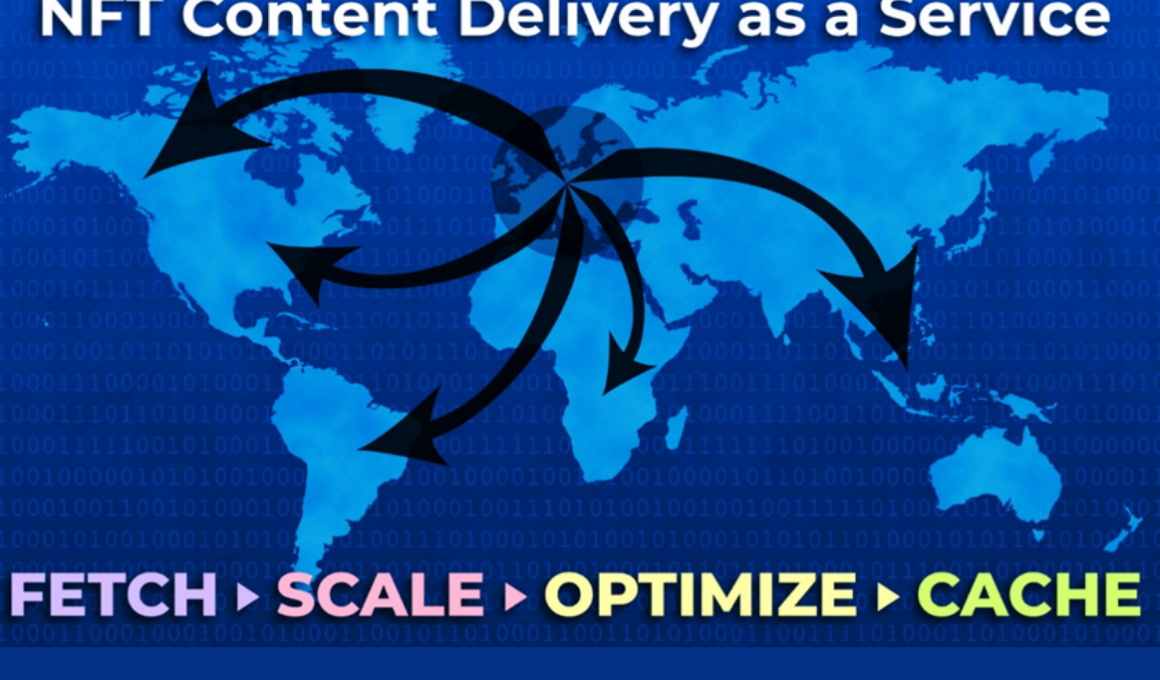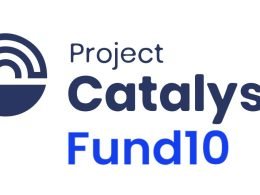A non-fungible token, or NFT, is a special type of cryptographic token that represents something unique. Unlike a cryptocurrency, which is a fungible token, or FT, such as bitcoin or ADA, NFTs are unique, indivisible, and scarce, but they are also transferable just like FTs.
The possible uses of NFTs are innumerable. Today, many NFTs are used for games or digital collectibles. Due to their rarity and uniqueness, they can become very valuable to their owners. The most common current use of NFTs is collectibles, i.e. digital art cards, for example of a famous sports figure, with limited existence and unique digital markings.
NFTs are digital objects that contain metadata, tagged bits of information. In the case of visual art NFTs, the image is an essential piece, and is part of the metadata.
From March 2021, when the feature to mint native tokens (Hard Fork Mary) was enabled until the time of writing, more than 4 million tokens have been minted on the Cardano blockchain.
Cardano supports user-defined NFTs natively, without the need for smart contracts, as is required on Ethereum.
The use of metadata in Cardano is another substantial difference from other blockchains. Metadata is a description of native assets that is stored using identifiers that are not readable. The readable version of this information, the image, can be in any format (JPG, JPEG, PNG, WebP, GIF, etc.), and is stored outside of the blockchain, not stored on the Cardano blockchain, and is It can be hosted on decentralized or centralized systems.
There are no restrictions as to what can be part of the metadata, however, in the Cardano ecosystem, CIP-0025 sets the standard for how metadata should be structured and what it should contain as a minimum. This includes a name and image attributed to the NFT.
Hosting services can be IPFS (InterPlanetary File System) or Arweave, accessing information through its unique asset identifier, the hash ID.
Both technologies run on the principle of decentralized storage (not controlled by an individual or group) and persistence (cannot be deleted), however web storage is now also an accepted solution and instead is centralized (controlled by an individual or group) and temporary (remains available until removed by the host).
NFT image file sizes can be large, averaging 4.7MB each. This requires a substantial amount of bandwidth when viewing multiple NFTs. Thus there is a cost to the service provider to deliver this content and a cost to the end user when viewing this content using mobile data.
Additionally, serving NFT image files efficiently requires a Content Delivery Network (“CDN”) to ensure availability and fast delivery around the world. A CDN is a group of servers strategically located around the world to provide end users with the fastest cached (i.e. temporarily stored) file from the nearest Point of Presence (“PoP”).
An NFT Content Service Provider (“CSP”) can pay up to several thousand dollars per month and this is why cost optimization is necessary to run a sustainable business model in the Cardano ecosystem.
While it is true that free CDN and image optimization services may exist, there are inherent limitations on bandwidth consumption within those pricing plans, severely restricting the scale of projects using such solutions.
There is also a cost to end users viewing the NFT images, particularly those using mobile data.
The cost burden of deploying, monitoring, and maintaining adequate infrastructure that delivers high-quality CDN performance will have a significant impact, both on CapEx and OpEx. This takes crucial time away from companies and/or app developers, delaying their time to market, because they should be focusing on activities around their product.
The Proposal
The team proposes a high-speed content delivery service and optimization of NFT, at competitive rates according to current market prices.
A Platform as a Service (PasS) solution that benefits wallet developers, NFT marketplaces, DApp and application developers and end users with capabilities such as:
- Infrastructure-less, no-code and easy-to-use API query for NFT image content delivery that can be optimized within <img> HTML tags on any website or app
- On-demand re-scaling/re-sizing of IPFS, Arweave & Web (HTTPS) hosted image files
- Automatic image format optimization while maintaining image quality
- Image caching for faster delivery through our worldwide Content Delivery Network (“CDN”)
- Worldwide CDN that has geographically targeted Points of Presence (“PoP”) to deliver NFT content at high speed to end-users through distributed caching
- Additional value-add outputs such as full NFT metadata
The service will deliver the following benefits to existing content service providers, new DApp developers and end users:
- It will reduce operating expenses s by virtue of competitive pricing
- It will reduce computational load by eliminating duplicate efforts among content service providers in rescaling and optimization at each NFT
- It will reduce capital expenditures by outsourcing your infrastructure development and operational needs
- It will improve speed marketing of a service/product that you intend to use Cardano NFT
- It will allow developers to focus on the value-added activities of their product offerings
- It will reduce resources and operational burden on a team/organization
- It will give end users the experience that they will love and enjoy, making Cardano a thriving ecosystem
Potential future features are support for other proprietary media of CIP-0025such as video files, audio files, 3D model files, HTML files, etc., a “safe to open” model for NFT with HTML files, optimization of video files eo and audio, and CIP-0035 media metadata support (on-chain token metadata standard).
The Roadmap
The developers graph their work plan, as follows:
Start
- Purchase of infrastructure
- Configuration of infrastructure
- Cardano NFT Metadata Capture System architecture design
- Development of NFT metadata capture system
- Development of URL resolution
Month 1: Prototype completed
- Initial system & performance monitoring for 4 weeks
- Comparison to benchmarks
- Backlog of issues generated
- Beta testing partner(s) secured with intent to support
Month 2: Testing and monitoring completed
- Scrums kicked-off to troubleshoot issues identified
- Performance optimized for best-in-class performance
- Security countermeasures integrated
- Customer API query design w/ authorization controls
- Initial security tests completed
Month 3: Optimizations completed
- Service Test Suite created to stress test infrastructure, systems and processes
- Monitoring of metrics
- Beta-testing phase with onboarded partners begin
- Any outstanding issues logged & actioned
- Initial engagements with prospective customers begin
Month 4: Partner onboarding and beta testing completed
- Website stack design work(s) commence
- Website authentication module work(s) commence
- Website subscription plan model work(s) commence
- Website customer Account page commence
- Website (incremental) deployment pipeline commence
- Documentation & Guidance created
- Prospective customers invited to begin pre-release testing of website & services
Month 5: Website MVP completed
- Service Level Agreements created and ratified
- Pricing released
- Customers engaged to sign up to NFT Content Delivery as a Service
Month 6: Service finishing touches applied
- Business plan for Y1 – Y5 created
- Roadmap creation for release train 2 begins
- Service provision begins
Compliance risks exist. A technical risk, referring to peering issues (connectivity and speed limitation) with large centralized IPFS providers. Also a business risk, for CDN performance that must match or exceed existing CDN service providers in the respective PoPs. And lastly, there is a risk of delaying the project, due to carrying out a stress test on the platform, during a test phase.
The team proposes weekly project management reports to be posted on a public website.
The Budget
- Origin server infrastructure USD 1,140
- Back-end server infrastructure USD 1,750
- IPFS cluster USD 2,260
- Content delivery network (CDN) USD 6,125.70
- Front-end infrastructure (web) USD 98
- Development work USD 35,747.40
- Management and commercial work USD 29,764.39
Capital expenditure + Operating expense, 6 months: USD 76,885.49
Funds requested in USD 76,886
The Team
It is composed of two members.
Smaug – Tech Lead
SPO of SMAUG and owner and creator of pool.pm and co-author of CIP-0025 (NFT Metadata Standard).
Blockchain Dev, Full Stack Dev and System, Network & Security Engineer. Smaug reports more than 18 years of experience as a technical leader.
He is a specialist in the embedded and high availability systems industry (aeronautics, unmanned aerial vehicles, automotive, network protocols) in the role of senior technical leader. He currently tells us that he works as an executive level SaaS consultant (4+ years) across multiple domains in the industry, with a focus on blockchain platforms, specifically Cardano.
Twitter: @SmaugPool
Rocky – Project Manager
Owner and creator of https://www.blockchainart.works
He tells us that he hasexperience managing high-performance project teams, and in strategy development, execution, and operational delivery in a variety of disciplines including: data science, advanced analytics, robotic process automation, process optimization, and change management, business process outsourcing, ERP integration, database migration, target operating model design, procurement and supply chain design, and advanced manufacturing.
Twitter: @BLOCK_CHAIN_ART
…
You can read the original proposal at IdeaScale: NFT Content Delivery as a Service.










